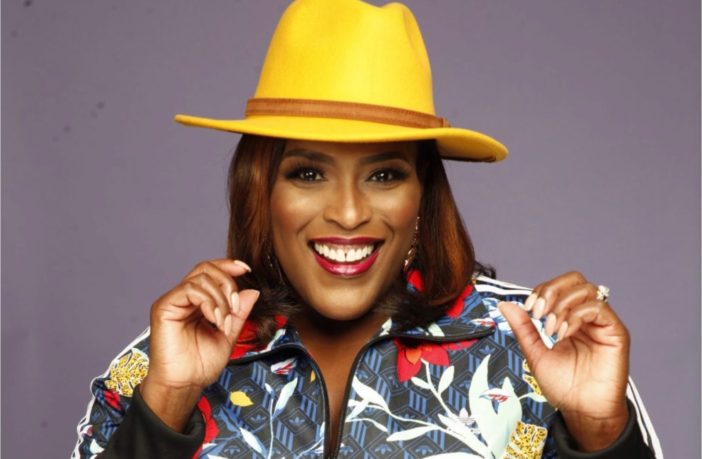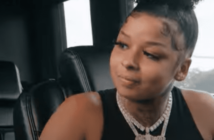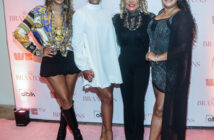Photo courtesy of Jeremiah Drummond
Jil Littlejohn Bostick currently serves as head of diversity, equity and inclusion at Winnebago Industries. She is an influential, bilingual DEI leader with 15-plus years of experience in building a diverse and inclusive workforce. She has a proven record in translating best practices in DEI into readily consumable resources and programs aligned to business needs.
What led you to join Winnebago Industries?
Two things that drew me to the organization were one, they were very transparent and talked about how they wanted to see the future state of the organization as well as the outdoor industry. The next thing that brought me to the organization was they were focused on diversity, equity and inclusion, and belonging. I always say, show me who’s leading the organization and I’ll show you how much you care about the subject. Two things happened with that. There are actually two African Americans on our board of directors, one female, and one male, we also have a Hispanic woman who was on our board. When I was looking at the organization, I was like, “Wow, you have about 30% diversity, you have Black people on your board, and you have women on your board. That’s something showing me that you are serious about this work. When I looked at our C-suite leaders, there was a female who was on the team, as well as two people of color. So while we don’t have anybody that is Black in that role, it showed that they were serious about at least moving the needle on it.
What are some other areas that are important to universal access in businesses?
The first thing that most people think about when they think about DEI is race and gender. Sometimes they’ll think about age, but they’ll think about race and gender. When you think about the multiple dimensions of diversity, it is much bigger than that. You have race, gender, age, ethnicity, socioeconomic status, disability, whether you’re part of the LGBTQ+ community, whether you grew up in a rural community or within a city, or whether you came from a traditional or nontraditional family. There are so many different dimensions of diversity, that when you have to think about creating a culture of belonging, you can’t be singular focused. You have to think about creating a culture of belonging for everyone. One of the things that I often tell my team or anybody that I speak to is that inclusion begins with “I,” but it includes all of us. If you’re on this journey for diversity, equity, inclusion and belonging, you have to make sure that every single person within your organization is on the train. They have to be on the train, locked in, ready to move, and be a part of the work that we’re doing.



